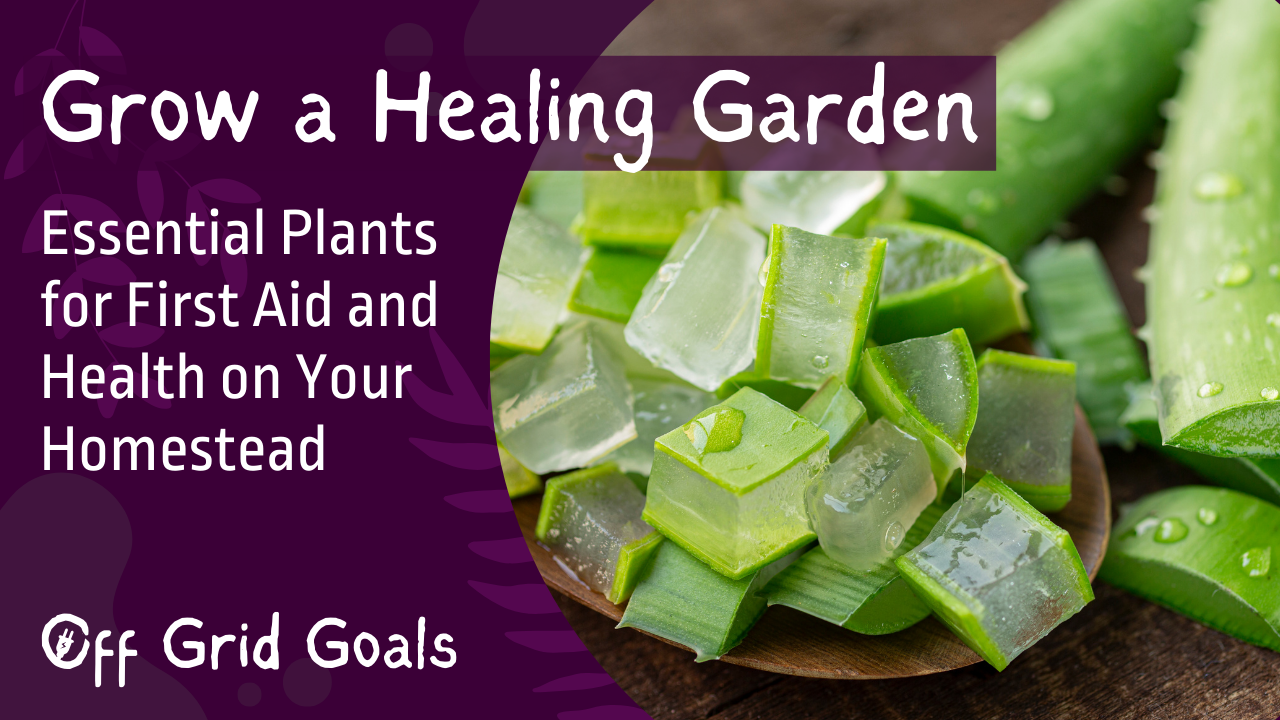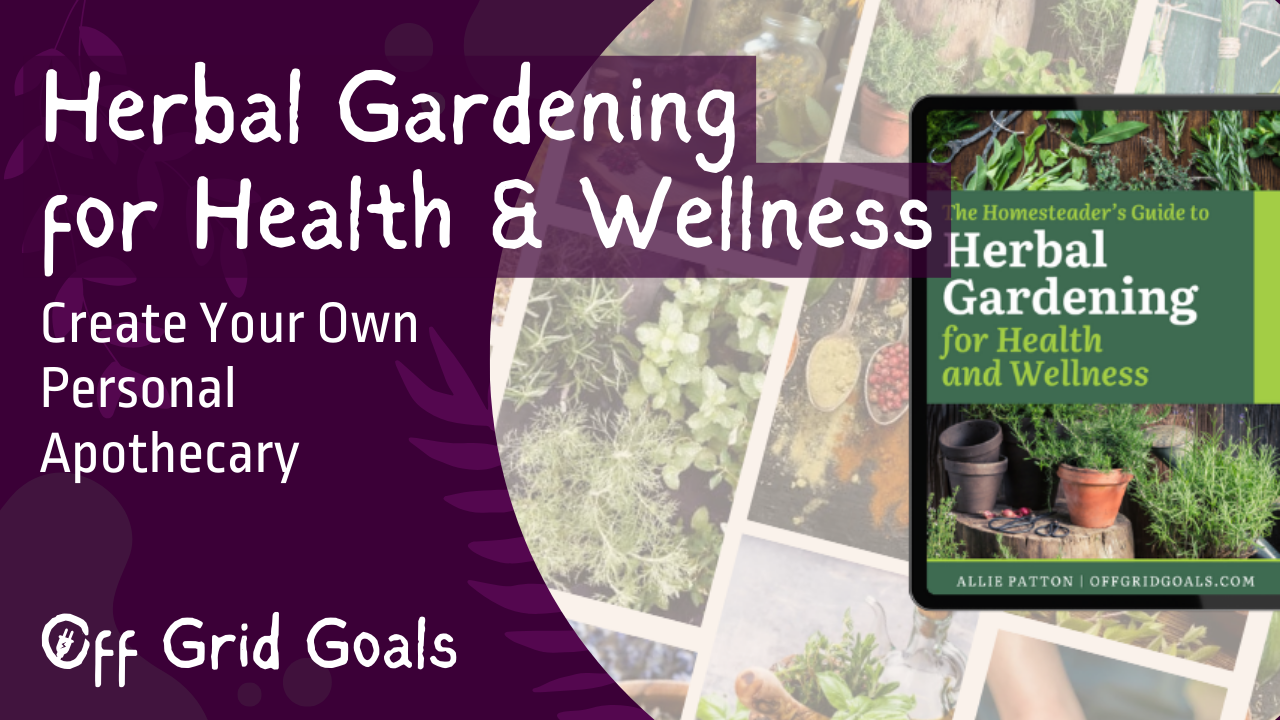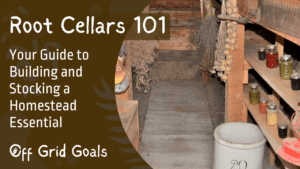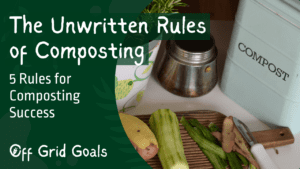In the quest for self-sufficiency and sustainability, creating a backyard garden filled with plants that offer medicinal properties is a valuable asset for any homestead. From minor ailments to more serious injuries, having access to natural remedies can provide comfort, healing, and peace of mind.
Here are 8 plants to consider adding for a first aid and health-focused garden on your homestead.
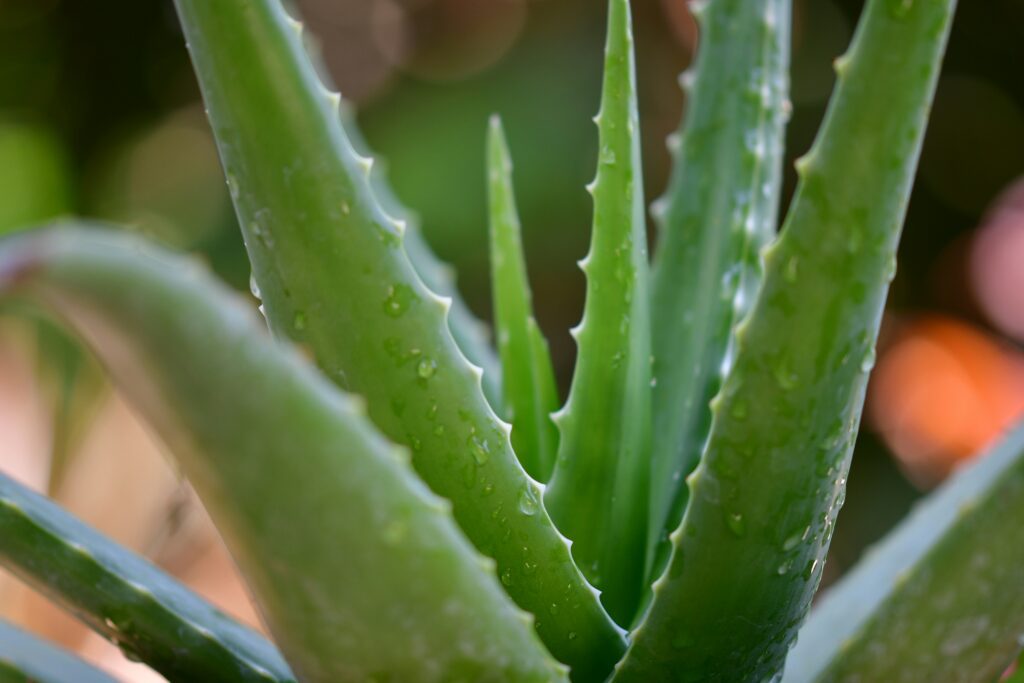
1. Aloe Vera
Aloe vera is a must-have plant for any first aid garden due to its soothing and healing properties.
The gel found within its fleshy leaves is renowned for its ability to relieve burns, cuts, and skin irritations. Simply break open a leaf and apply the gel directly to the affected area for instant relief.
Aloe vera is easy to grow in containers or directly in the ground, requiring minimal maintenance and plenty of sunlight.

2. Calendula
Calendula, also known as pot marigold, is prized for its vibrant flowers and medicinal benefits.
The petals of this cheerful plant possess anti-inflammatory, antimicrobial, and wound-healing properties, making it an excellent addition to your first aid arsenal. Harvest the blossoms and infuse them into oils, salves, or creams for topical application on cuts, scrapes, and minor burns.
Calendula thrives in well-drained soil and prefers full sun, making it ideal for garden beds or containers.
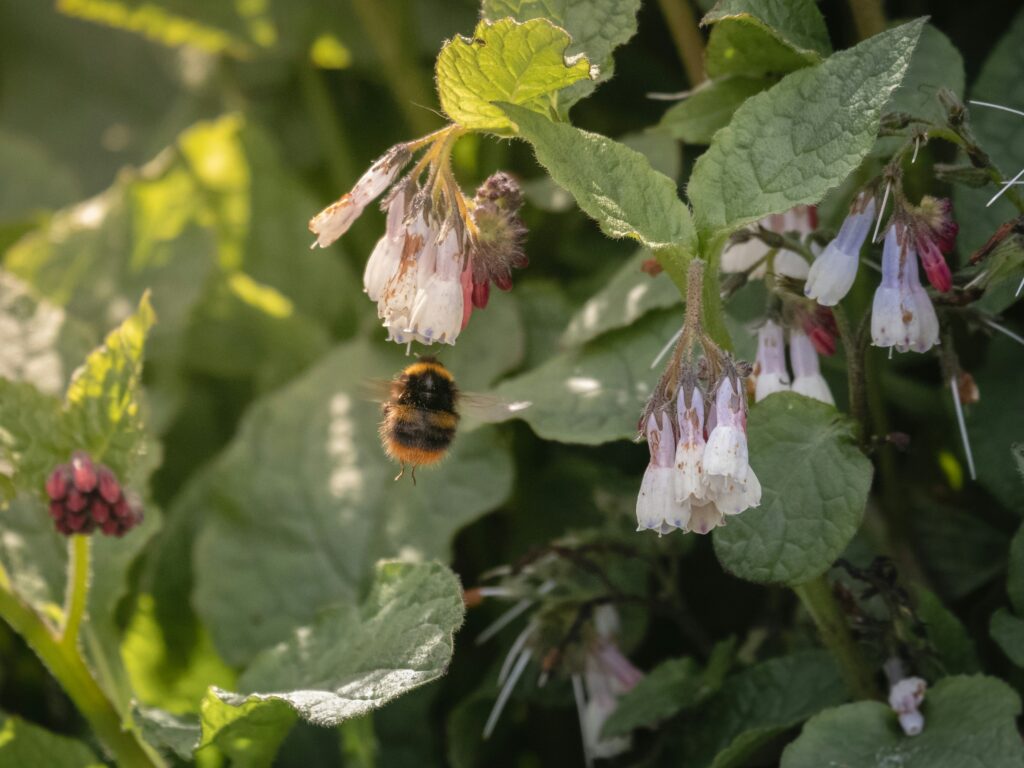
3. Comfrey
Comfrey, often referred to as “knit bone,” has a long history of use in traditional medicine for promoting wound healing and reducing inflammation.
The leaves of this herbaceous perennial can be used topically as poultices or infused into oils for treating bruises, sprains, and muscle strains.
Comfrey is easy to grow in various soil conditions and tolerates partial shade, making it suitable for different garden settings.
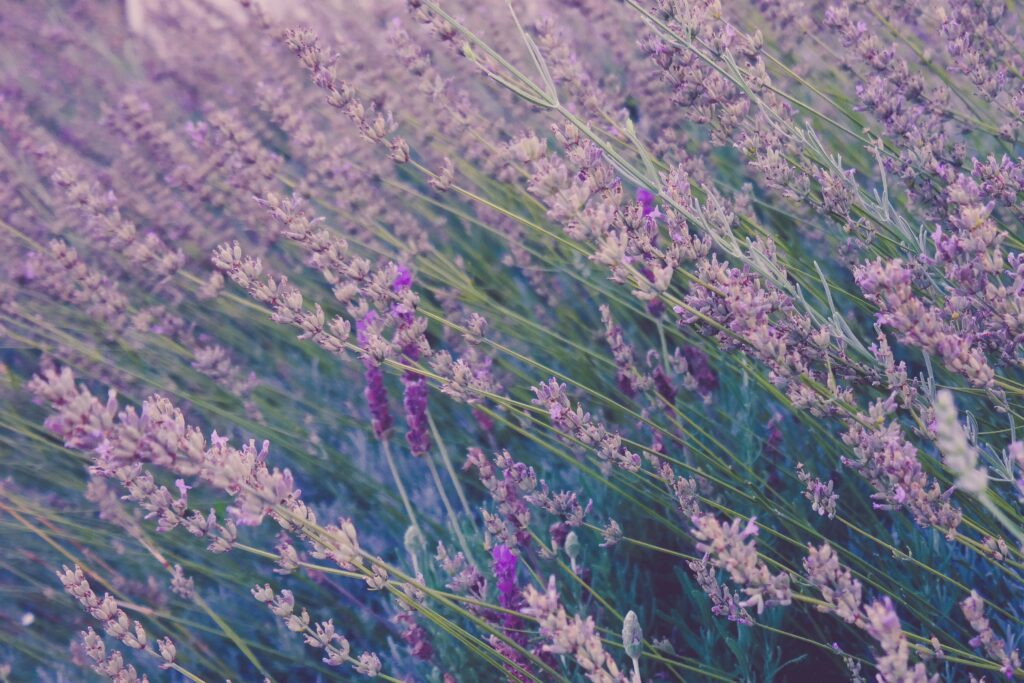
4. Lavender
Lavender isn’t just prized for its delightful fragrance; it also offers a myriad of health benefits.
This aromatic herb has calming properties that help alleviate stress, anxiety, and headaches. Additionally, lavender possesses antiseptic and anti-inflammatory properties, making it useful for treating minor cuts, insect bites, and skin irritations.
Grow lavender in well-drained soil and ample sunlight, and harvest the flowers for drying and use in teas, sachets, or infused oils.
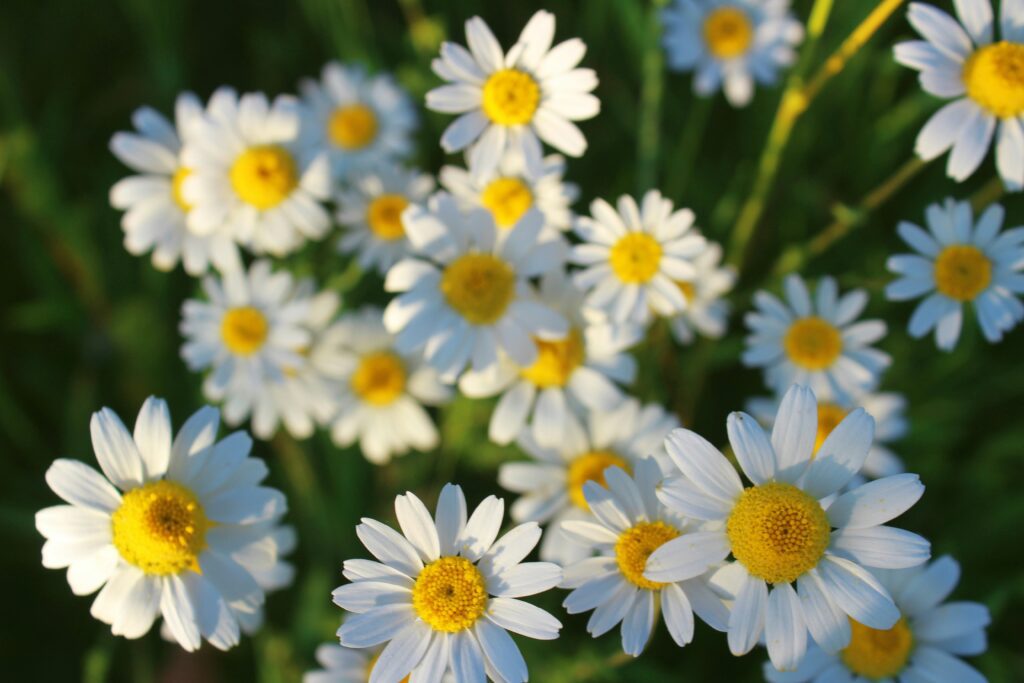
5. Chamomile
Chamomile is renowned for its gentle yet effective healing properties, particularly for digestive issues, anxiety, and insomnia.
This delicate herb has anti-inflammatory and antispasmodic properties that soothe upset stomachs and promote relaxation. Harvest the flowers and dry them for brewing into calming teas or infusing into oils for skin care.
Chamomile thrives in well-drained soil and partial shade, making it a versatile addition to any garden.

6. Echinacea
Echinacea, also known as coneflower, is a powerful immune-boosting herb that helps fend off colds, flu, and infections.
The roots, leaves, and flowers of this perennial plant contain compounds that stimulate the immune system and reduce the severity and duration of illnesses.
Grow echinacea in well-drained soil and full sun, and harvest the aerial parts for making teas, tinctures, or capsules to support immune health.
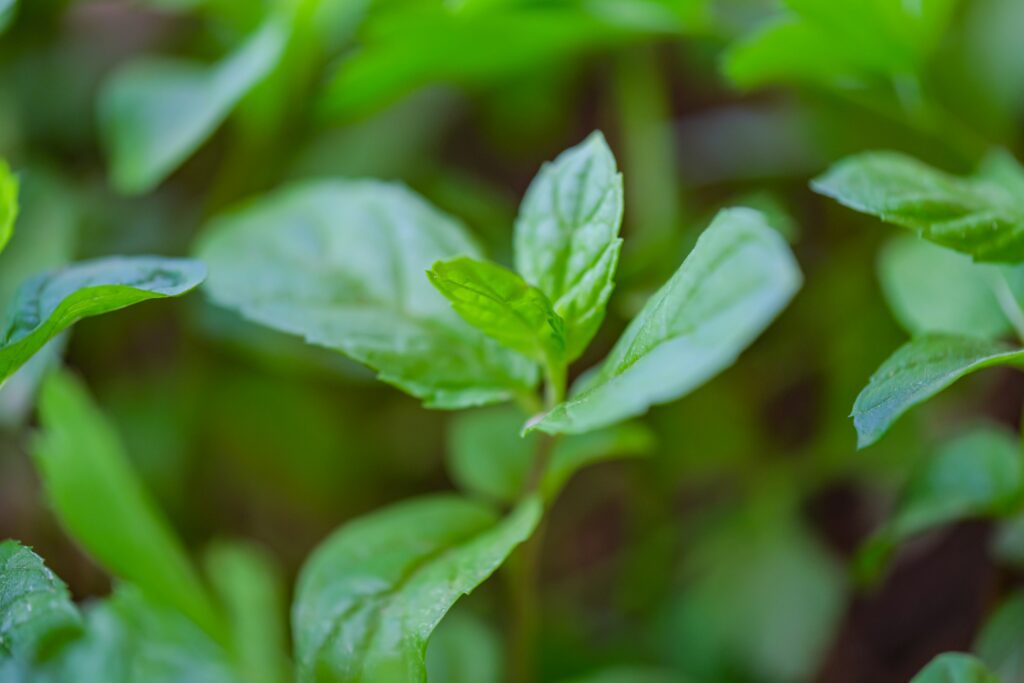
7. Peppermint
Peppermint is a refreshing herb with a multitude of health benefits, including aiding digestion, relieving headaches, and soothing respiratory issues.
The menthol found in peppermint leaves provides a cooling sensation that alleviates nausea, indigestion, and muscle tension.
Grow peppermint in moist soil and partial shade to prevent it from spreading aggressively, and harvest the leaves for brewing into teas or infusing into oils for aromatherapy and topical use.
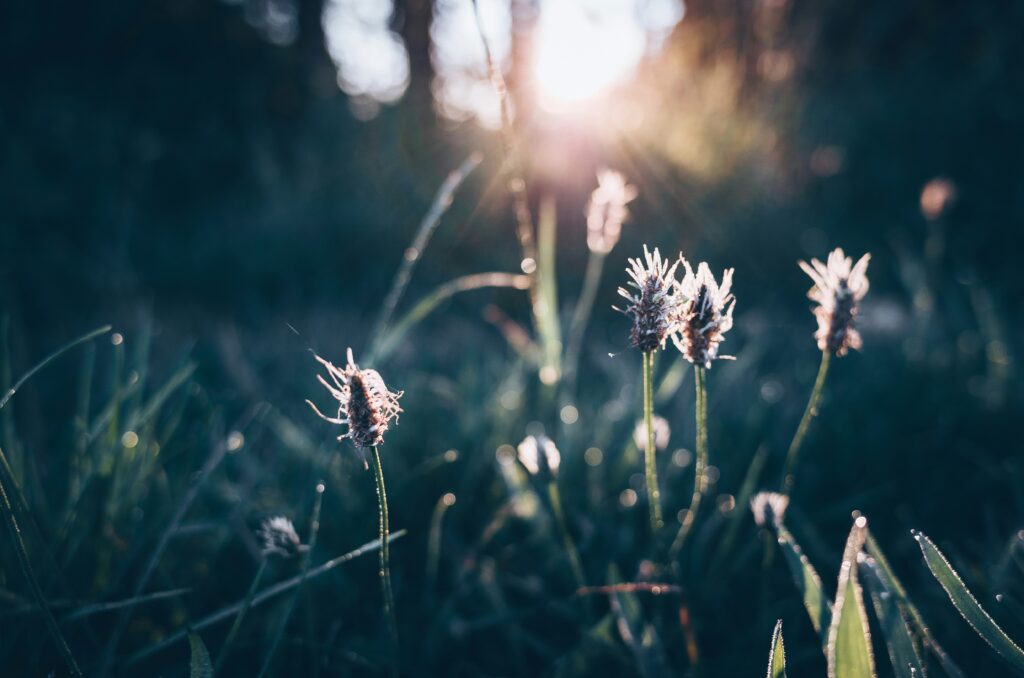
8. Plantain
Plantain, not to be confused with the tropical fruit, is a common weed with remarkable healing properties.
The leaves of this resilient plant can be chewed and applied topically to relieve itching, stings, and minor wounds. Plantain possesses antibacterial and anti-inflammatory properties that promote wound healing and soothe skin irritations.
Harvest the leaves from wild or cultivated plants, and use them fresh or dried in poultices, salves, or infused oils.
Whether you’re treating minor cuts and bruises or supporting overall well-being, these medicinal plants offer natural remedies that connect you to the healing power of nature.
So roll up your sleeves, dig in the dirt, and cultivate a garden that nurtures both body and soul!
Photo Credits:
Aloe Vera – Photo by pisauikan on Unsplash
Calendula – Photo by Chandan Chaurasia on Unsplash
Comfrey – Photo by Johannes Heel on Unsplash
Lavendar – Photo by A Fox on Unsplash
Chamomile – Photo by Yaroslava Stupnytska on Unsplash
Echinacea – Photo by Stephan H. on Unsplash
Peppermint – Photo by Samer Khodeir on Unsplash
Plantain – Photo by Jill Dimond on Unsplash

